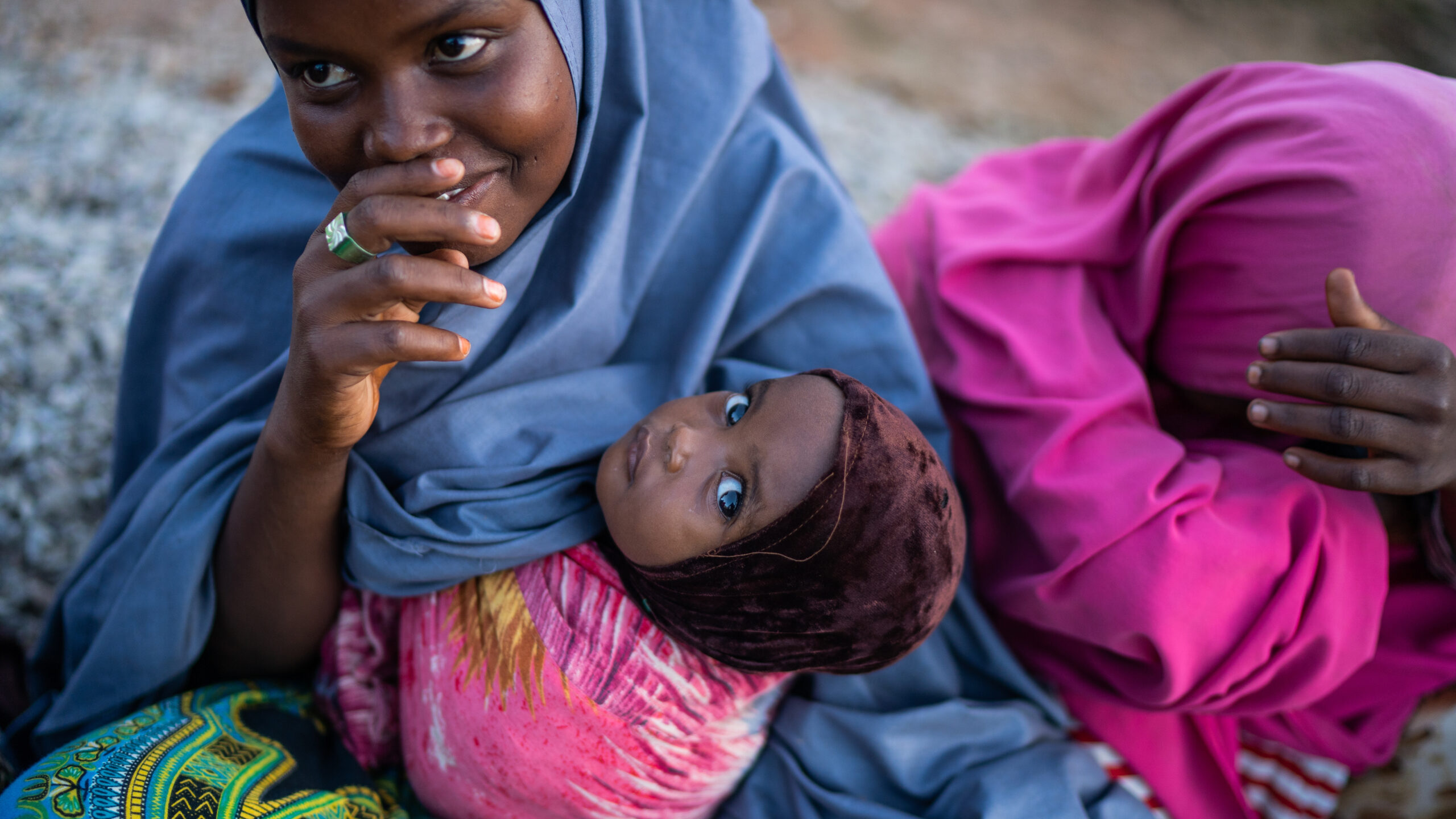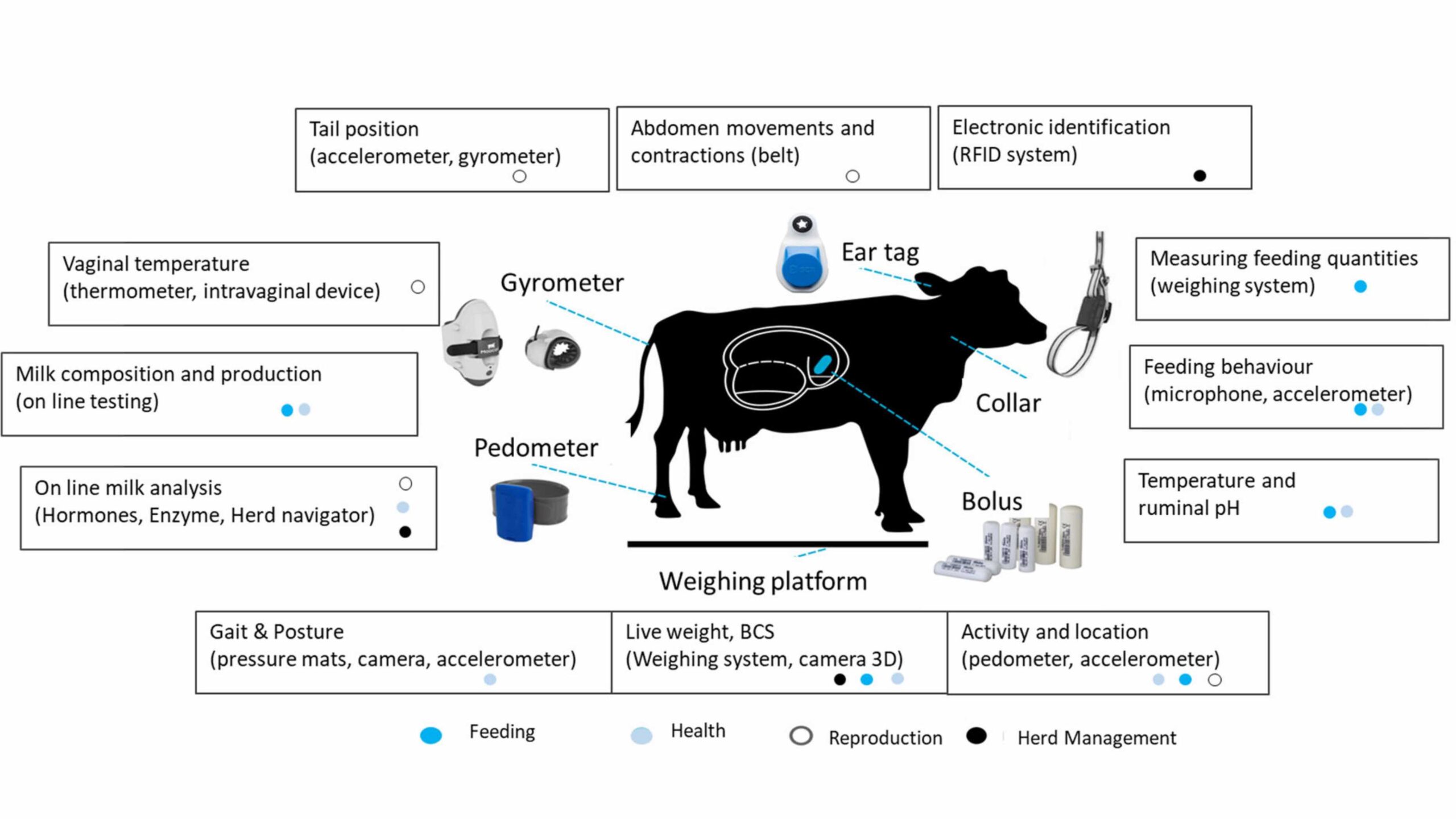We are living in one of the most violent periods since the end of the Cold War. Of the 59 active conflicts worldwide, nearly half (28) are unfolding in Africa. Among these, Somalia stands out as a country enduring one of the continent’s longest-running conflicts, stretching back to the 1980s. Nearly 4 million people out of Somalia’s population of 18 million have been forced to flee their homes due to persistent violence and increasingly unstable climate conditions. Many of these internally displaced persons (IDPs) have sought refuge in unplanned, informal settlements in urban areas.
One such city, Baidoa, located in southwest Somalia, hosts one of the country’s largest IDP populations. By August 2020, approximately 60,000 displaced families were living across more than 500 informal settlements. These numbers continue to grow as conflict and climate-related challenges escalate. Poverty among Somalia’s IDPs is alarmingly widespread, with over 70% living below the extreme poverty line.
Since IDPs struggle most in terms of procuring basics such as food, in most refugee and IDP contexts, aid typically consists of regular transfersof cash, food, or vouchers. While these transfers provide essential short-term relief, they often fail to address the underlying, interconnected causes of poverty—including lost assets and livelihoods, low literacy levels, and poor physical and mental health. Compounding these challenges are various market failures, such as limited access to credit or health care, which heighten the vulnerability of IDPs.
Graduation models—so named because they help people “graduate” from poverty—offer a promising solution by addressing multiple constraints simultaneously. These packaged interventions (that typically include cash transfers, asset provision, and livelihoods training), when implemented with sufficient intensity, improve long-term welfare trajectories across several dimensions. Their central premise is to provide a “big push” over a relatively short period, with the goal of enabling households to escape chronic poverty.
We evaluated one such program, an ultra-poor graduation (UPG) model in Baidoa implemented by World Vision from 2022 to 2024. Conducting a randomized controlled trial (RCT) accompanied by qualitative research, we found the program had a number of substantial positive effects in moving IDPs out of poverty.
The program aimed to help IDPs and other poor households graduate from poverty and achieve self-sufficiency based on five criteria: All household members have had three meals per day in the last seven days; the household has been able to meet all basic needs for the past month; the household reports net income from their livelihood activities; the household has cash savings in an active savings account; and the household has access to cash to respond to shocks.
The program included several components: Cash transfers for the first nine months, followed by a choice between receiving an asset—such as livestock or agricultural inputs—or participating in technical and vocational education training (TVET) to start a business. Additional components included coaching on social capital mobilization, financial literacy, and business facilitation, along with the development of savings groups and disaster risk reduction training.
We conducted an RCT to evaluate the program’s impact on welfare and livelihood outcomes. Approximately 4,000 households participated in the study, surveyed across three rounds: Baseline, midline, and endline. The study featured two groups: Control households, which did not participate in the program, and treatment households, which received the full set of interventions.
The program demonstrated substantial benefits for treated households (Figure 1). By midline—one year after implementation began—treated households were already outperforming control households on several key indicators. By endline, two years after implementation began, 80% of treated households met at least one of the five graduation criteria, a 44% difference compared to the control group (Panel A). For context, only 29% of all households met at least one criterion at baseline.
Figure 1

In addition to meeting graduation benchmarks, treated households showed improvements in consumption. By midline, consumption levels among treated households were slightly higher than those of control households, and by endline, the percentage of treated households living in extreme poverty (defined by a cutoff of $2.15 purchasing power parity dollars) had fallen by 24 percentage points relative to the control group.
The most popular TVET courses were tailoring, carpentry, and hairdressing. Nine out of 10 households who took TVET courses said that the training helped them to secure employment. Qualitative interviews at midline indicated that these skills also helped them weather a large flood that had recently occurred.
By far the most popular asset selected was goats. At baseline, both groups had approximately eight assets. At midline, treated households owned 10.2 assets and control households 8.7 assets, on average. At endline, treated households owned 11.2 assets and control households 6.6, on average (Panel C). This effect was driven by an average difference of four more goats in treated households. However, only 13% of treated households reported that they were able to generate a reliable flow of income from their assets.
A key goal of the UPG program was to reduce hunger and malnutrition. At baseline, all households were characterized with moderate or severe hunger based on the household hunger scale indicator. Overall, treated households faced less hunger; moderate hunger fell substantially, with about 42% of the control group experiencing moderate to severe hunger, while this figure was only about 12% for treated households (Panel D).
Interestingly, some treated households attempted to help control households with advice and applying some skills. However, sharing money and assets was much less common. Qualitative work conducted at midline revealed that households that had received carpentry training, for example, helped others move to higher ground and to fix their houses.
Our findings suggest that an intensive graduation model program can lead to gains in consumption and other measures of well-being, and can reduce poverty among conflict-affected IDPs, at least in the short term. Findings about the longer-term impacts of graduation programs have been mixed, but in such a low-resource context, the results achieved in two years are promising.
Kalle Hirvonen is a Senior Research Fellow with IFPRI’s Poverty, Gender, and Inclusion (PGI) Unit; Naureen Karachiwalla is a Research Fellow with IFPRI’s Poverty, Gender, and Inclusion (PGI) Unit; Jessica Leight is a PGI Senior Research Fellow; Deboleena Rakshit is a PGI Research Analyst. This post is based on research that is not yet peer-reviewed. Opinions are the authors’.
This work was supported by World Vision through USAID’s Bureau of Humanitarian Assistance (BHA) and the CGIAR Initiative on Fragility, Conflict, and Migration.







